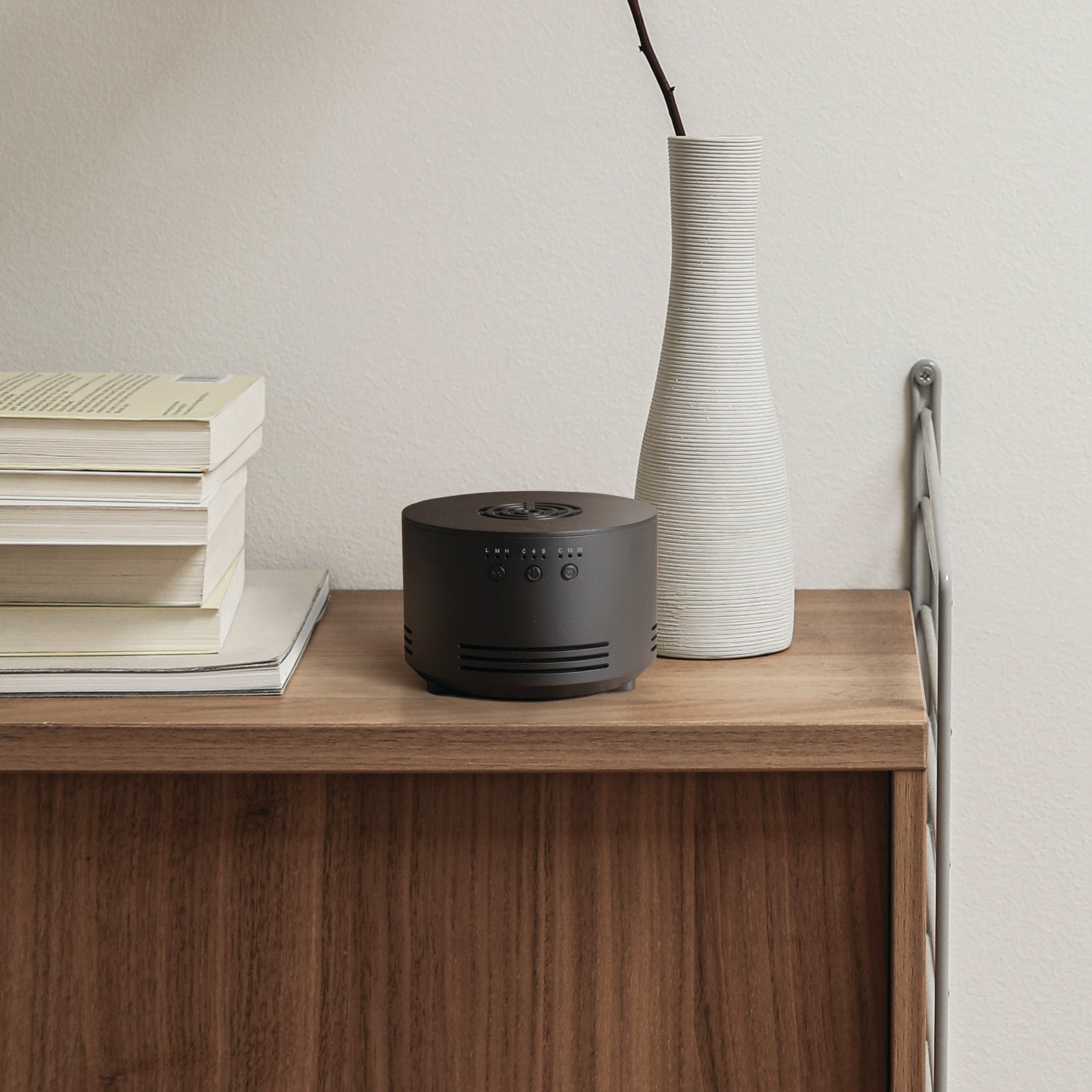Article: Fun Facts
Fun Facts
In the 1920s, French chemist Rene Maurice Gattefosse coined the term "aromatherapy." The story goes that during an experiment, Gattefosse burned his hand and had nothing nearby to soak it in except lavender. Apparently the lavender quickly healed the burn, spurring him to begin research on the science behind essential oils.
Iraq was perhaps earliest to use aromatherapy. Yarrow and knapweed (among others) were found near a Neanderthal skull – some of these plants are still used in medicine today.
in France, primitive man depicted therapeutic botanicals in drawings, an example of which can be seen in the caves of Lascaux. These drawings show the use of medicinal plants dating back to 18,000 B.C.
By 5,500 B.C. the Sumerians had a sophisticated sense of aromatherapy. Clay tablets have been found with names of plants, methods of preparation and dosage for treatment.
China is credited with having the earliest written manuscript on aromatherapy. In 2,800 B.C. “The Great Herbal” (Pen Ts’ao) defined 350 plants, that are still used today.
The ancient Greeks used tarragon to treat cancer, gangrene, and protect against viper bites.
During the middle ages, people wore birdlike masks containing aromatics to protect from the plague because they believed bad odors harbored disease.
During World War II, nurses used hankies with perfume to help cope with nauseating aroma of burned flesh at Pearl Harbor. They also gave these perfume infused hankies to patients.






Leave a comment
This site is protected by hCaptcha and the hCaptcha Privacy Policy and Terms of Service apply.